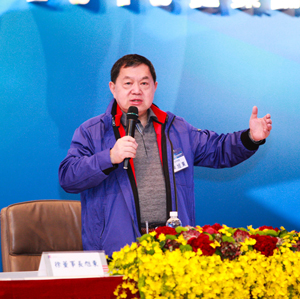2017年01月號 领航者的话
Chairman’s Message at the 2016 Far Eastern Group Annual Strategy Meeting── Strengthen Agility, Creating an Adaptable Organization
FEG Chairman & CEO / Douglas Hsu
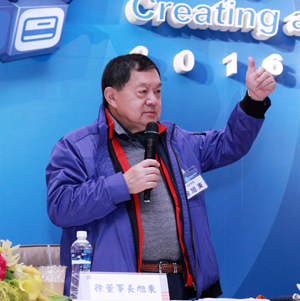
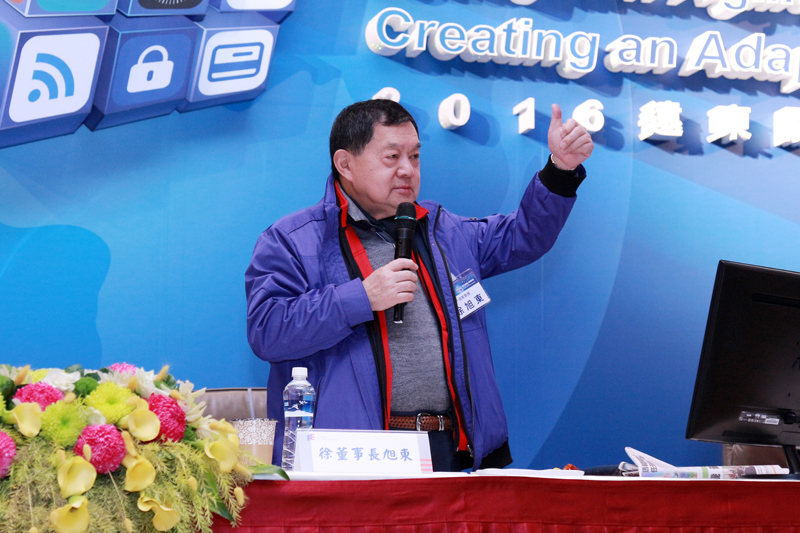
Taking the opportunity of this year’s annual Group Strategy Meeting, we hope to reflect on the 2016 milestones and review the future actions and goals with you.
I. Global Forces
This year, we give each of you two books, one is titled “Adventures of a Bystander” by Peter Drucker which reminds us not to make the same mistakes by going through the major international political, economic and social events experienced by the guru of management himself. The other one “No Ordinary Disruption: The Four Global Forces Breaking All the Trends”, co-written by three experts from McKinsey Global Institute, looks into the future and points out the four forces that will disrupt the new world.
1. The Age of Urbanization
According to McKinsey, from 2010 to 2025 the world’s largest 100 cities will generate 36% of global GDP growth, and the top 600 cities accounts for 64% of global GDP growth, demonstrating the fast-growing economic power and needs from the emerging cities ranked between 100th to 600th.
McKinsey projects that among the 440 cities of the emerging economies, annual income of nearly 300 million households will surpass US$20,000 by 2025, more than the household number in the developed nations with annual income over US$20,000. As for China, with the extension of the “One Belt One Road” policy, large cities and their surrounding satellite cities have gradually connected to develop into super cities with robust power. The existing five mega city clusters in China have a population of 600 million, accounting for 43% of China’s total population, produce 51% of China’s GDP at RMB 32.2 trillion. The top 14 mega cities in China, with more than 10 million inhabitants, are expected to generate tremendous economic growth.
In line of urbanization, we have to expedite the entry into the emerging markets, satisfy unique needs of urban inhabitants, focus on the acquisition of human resource, properly handle the staff turnover issue, and furthermore to enhance cooperation with public sectors.
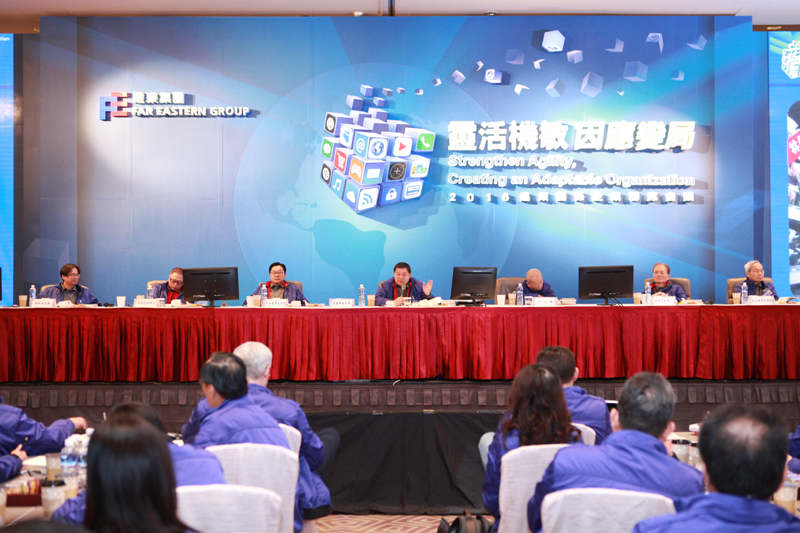
2. Accelerating Technological Change
McKinsey has indicated that the 12 disruptive technologies—including mobile internet, automation of knowledge work, IOT (“Internet of Things”), cloud computing, advanced robotics, autonomous vehicles, 3D printing, next-generation genomics, advanced materials, energy storage, advanced oil and gas exploration, and renewable energy—will truly reshape the world in which we live and work. We estimate that, applications of these new technologies could generate between US$17 trillion and US$41 trillion by 2025.
We need to expedite the applications of the above advanced technologies in order to optimize the operation models of the service and manufacturing industries. Moreover, with the increasingly shorter life span of products and services, we must be keen to market changes and launch new products or services more quickly.
3. An Aging World
By 2025, older population is projected to account for 21% of the total population in developed countries, but only 8% in developing countries. The world population aged 65 years and older will exceed 800 million, representing 10% of the total global population. Taiwan’s labor force has started to decrease 180,000 persons per year since 2016, and will join the aging nations in 2026, namely 1 out of 5 persons will be 65 years and older. In China, ratio of people older than 60 years of age has also been increasing; now senior population has reached 212 million. Labor force has been dropping from the peak of 940 million in 2011, and is expected to decrease 100 million 20 years later.
As consumption behaviors and needs for senior people are quite different from those of younger generation, each company should focus on the needs and opportunities of the aging population to develop relevant products and services, also to elevate automation of manufacturing and digitalization of the internal process. The future competition for talent in the labor market will become more intense. Therefore, how to attract top talent and retain the internal know-how within the organization will become a major issue in business operation.
4. Greater Global Connection
Globalization has enhanced greater connection around the world, particularly evident in terms of global trade, migration of population, penetration of international finance and info-communication. Taking the issuance of Asia Cement Corp. convertible bonds for example, it immediately sold out in less than two hours. Living in such interdependent and interrelated era, the risk and volatility have also correlated much higher than ever.
The 2016 Tmall Double 11 Single Day Shopping Festival GMV reached RMB 120.7 billion with a significant increase of 32% YoY, covering 230 countries; mobile shopping accounted for more than 80%. Totally 6.21 million overseas customers participated in this annual event, registering 35.78 million transactions. The rapid rise and growth of Alibaba can be mainly attributed to the connection of trade, finance and data after globalization.
Globalization also calls for global business competitions. Corporations need to deal with fast movement of talent and capital. Systematic risk management, agility and adaptability will become the vital competitive advantage.
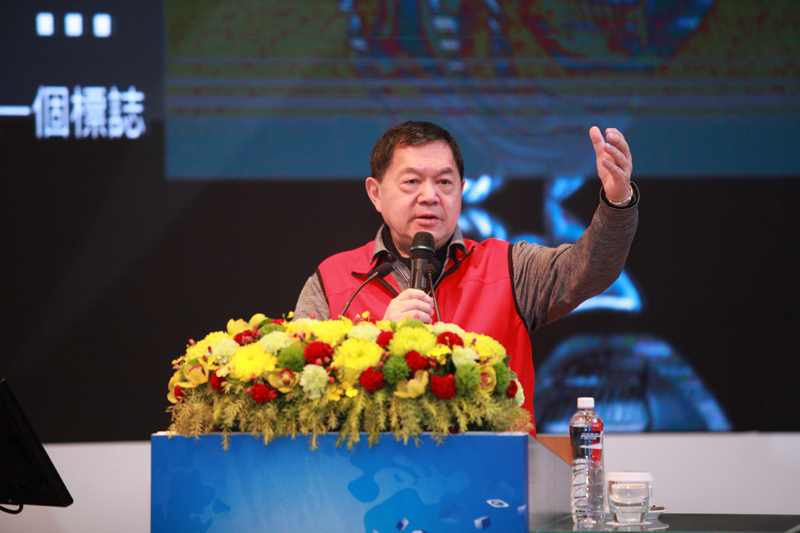
II. Challenges and Actions
Keen global competition has brought tremendous challenges for business operations. To upscale operations and reinvigorate profits, we must ride along with these changes by taking systematic steps. We need to eradicate the 12 enemies against adaptability including hierarchy, fear, decision bias, habit, centralization, inflexible business practices, rigid structures, skills deficit, short-term thinking, insufficient experimentation, lack of diversity, and a paucity of purpose. We are counting on your efforts to adjust and adapt.
In addition to re-evaluating adaptability of the organization, we also announce the six action plans, which are all vital and inevitable.
1. Innovate Business Model
The core of business model lies in satisfying customer needs and creating value for customers. We should pursue different business models, create differentiated merchandise and service, the goal is for each company to achieve 20% revenues from new products or services within the next five years.
2. Optimize Manpower
Facing with the diminishing labor force, top talent has become difficult to cultivate. The goal of optimizing manpower is to acquire and keep top talent to grow with the corporation. The Group needs to seek next generation leaders who possess skill in technology and social networks; full of creativity, openness, and fresh ideas; multicultural awareness and tolerance of difference; adaptability, willingness to learn; confidence and performance; energy, enthusiasm, dedication, and work ethic; team collaboration; strong sense of ethics; and strong desire to make a difference. On the other hand, we also need to adjust manpower policy, evaluate and improve employment, performance review and career development cultivation.
3. Adapt to Climate Change
Extreme climate has constantly incurred natural disasters. In July 2016, persistent heavy rain in central China resulted in flooding which disrupted traffic, operations and caused losses.
In recognition of its impact to industry by extreme climate, each major industrialized countries including Taiwan have set their specific Greenhouse Gas (GHG) Reduction goals. By 2030, Taiwan aims to lower 80% GHG emission of 2005 standard. All Group companies and operation sites should also engage in climate change risk adaptation and prevention, target should be set to reduce 10% of GHG emission by 2020.
4. Strengthen Public and Industrial Safety
Industrial safety expert in the U. S. pointed out that for every accident that causes a major injury, there are 29 accidents that cause minor injuries and 300 accidents that cause no injuries. In other words, any major injury is not a single case, but something wrong with the whole system. Therefore, we should adopt systems thinking for safety review and improvement.
Under these circumstances, we would request all factories, stores, vessels, vehicles, restaurants and dormitories to impose strict regulation, control, and checking on unsafe behaviors, unsafe operations, and unsafe equipment. Starting from details with strict execution, full participation, and solid staff training, outsourcing manufacturers of each institution should also be incorporated into such risk management.
5. Elevate Resource Allocation
We need to elevate the Group’s resource allocation by injecting valuable funds, manpower and time into businesses or products with growth potential. We should monitor the underperforming businesses and initiate the exit plan after a certain period of time when showing no signs of improvement. Also, we should periodically review individual product or service.
6. Create Group Synergy
The Far Eastern Group operating with an ample customer base and diversified businesses is Taiwan’s conglomerate with highest potential to achieve group synergy by forming the optimized portfolio to create unique competitive advantage. We encourage each company to strengthen horizontal connection, keep an open mind, and proactively maximize group synergy.

III. Conclusion
Each year the CommonWealth Magazine has been selecting which Taiwanese companies are the most admired, based on 10 operation indicators such as foresight, innovation, financial capability, talent fostering, and etc. In 2016, only Far Eastern New Century and Far EasTone Telecommunications under the Far Eastern Group were listed among top five of their respective industries, meaning we still have rooms for improvement.
Looking into the future, competition will only become more and more intense. Alibaba Chairman Jack Ma expressed that the “Five Big News” including New Retail, New Production, New Finance, New Technology and New Resources will reshape the future operating environment. Taking New Retail for example, Alibaba’s Tmall Supermarket providing online and offline grocery delivery services, offering minimum 30 minute delivery after placing APP orders, and fresh produce being cooked on the spot after purchase, demonstrating the future of New Retail O2O (online to offline or offline to online), the integration of online and offline shopping.
“Exploitation” is the refinement and extension of existing knowledge, whereas “Exploration” is the process to design new alternatives. In the long run, we would need to explore; yet, in shorter term, we need to exploit. The key to achieving sustainable growth is to find and establish the right mix between Exploitation and Exploration.
Each manager and enterprise should ask yourself the following three questions: Who are you? Why are you here? And more importantly, what do you want to be? Just as the Founder of Microsoft Bill Gates once said: “The complacent company is a dead company. Success today requires the agility and drive to constantly rethink, reinvigorate, react, and reinvent.”#



